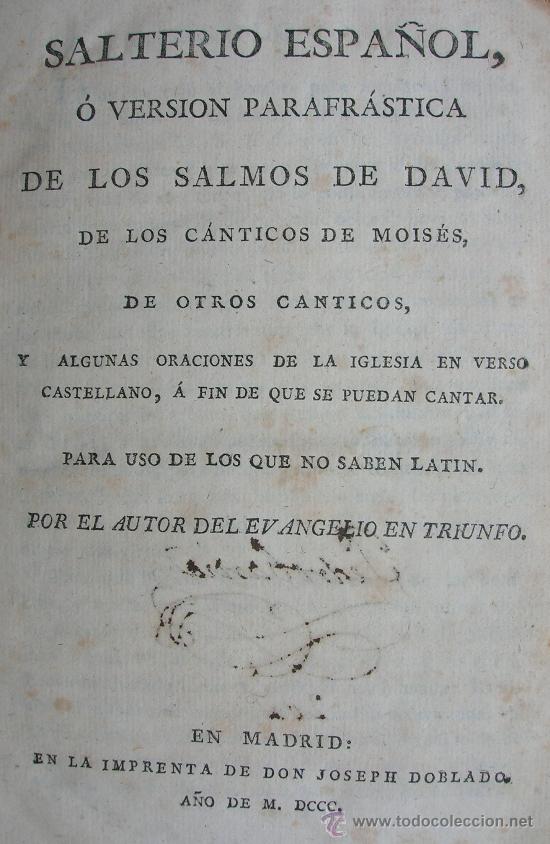

For most learners of Spanish, the ability to produce double object construction in spontaneous speech is developed at a much later stage of acquisition, so be patient with yourself.Spanish Translated Leveled Book Support Resources *Ojo: Right now our goal is for you to be able to produce these constructions when you are writing (when you have time to think about the rule and check your work).

The accent mark over the á is there for the same reason as before-to maintain the correct stress pattern: enseÑARselo.

Les lo voy a enseñar.* OR Voy a enseñar les lo.*
I am going to teach my children Spanish. This is also the case with constructions that contain verb phrases: The instructor assigned it to them yesterday. Hopefully, this has been clear so far, but this final point may be a little tricky at first: When the indirect object “le” or “les” (3rd person singular or plural) is combined with ANY direct object pronoun, LE and LES change to SE. So any time you add two pronouns to an infinitive, you will add an accent to the end of the infinitive (-AR, -ER, or -IR).Ģ. OR Ella quiere dár te lo mañana.ĭid you notice the accent mark over the á in dártelo? This is necessary to maintain the correct stress pattern: DARtelo. This is also true when the sentence contains a verb phrase (conjugated verb + infinitve): Mi mamá me mandó un email la semana pasada. El pronombre de objeto indirecto SIEMPRE se ubica ANTES del pronombre de objeto directo. The next logical question is, “What do you do when you want to use a direct object pronoun AND an indirect object pronoun in the same sentence?”ġ. El orden de los pronombres de objeto directo e indirecto cuando se combinan OR Voy a enseñar les el español a mis hijos. Les voy a enseñar el español a mis hijos. She wants to give you the money tomorrow. The same is true of indirect object constructions. the direct object pronoun can be positioned BEFORE the conjugated verb or AFTER and CONNECTED TO the infinitive. Los chicos quieren comprar las entradas. It is important to note that when a sentence contains a conjugated verb before an infinitive (verb phrase). Quick review! Do you remember what the grammatical function of “el juego” is?Ĭuando hay un verbo conjugado más un infinitivo en una oración, hay dos lugares donde se puede ubicar los pronombres. You may remember this with respect to GUSTAR-like constructions (which are also indirect object constructions). This is the case in ALL Spanish sentences in which the indirect object is overtly expressed: you MUST include the indirect object pronoun (me, te, le, etc.) in all sentences that have an indirect object, but may also name the indirect object using “a” (a mí, a los profesores, etc.). This is an idiosyncrasy of Spanish grammar because the indirect object pronoun is absolutely redundant. Notice that in the first sentence the indirect object pronoun “les” is included along with the actual indirect object “los estudiantes”. The instructor assigned the homework to them yesterday. La instructora les asignó la tarea ayer. The instructor assigned the homework to the students yesterday. La instructora les asignó la tarea a los estudiantes ayer. Estos pronombres siempre se ubican ANTES del verbo conjugado cuando hay sólo un verbo en la oración. La posición de los pronombres de objeto directo e indirectoġ. #LIBROS DE ORACIONES EN ESPANOL HOW TO#
Now that you remember about how direct and indirect object pronouns are formed and how they function in Spanish, we are ready to learn more about their positions in a sentence and how to combine them in the same sentence. Seriously, this will help you with the next step! In this unit we will learn to use pronouns to replace both the direct and indirect object in the same sentence, but first, please review the explanations of direct and indirect object pronouns from Unit 4. Los pronombres de objeto directo y de objeto indirecto-un repaso y un paso más Mejorando la escritura: las transiciones.Los pronombres de objeto directo y de objeto indirecto - un repaso y un paso más.







 0 kommentar(er)
0 kommentar(er)
